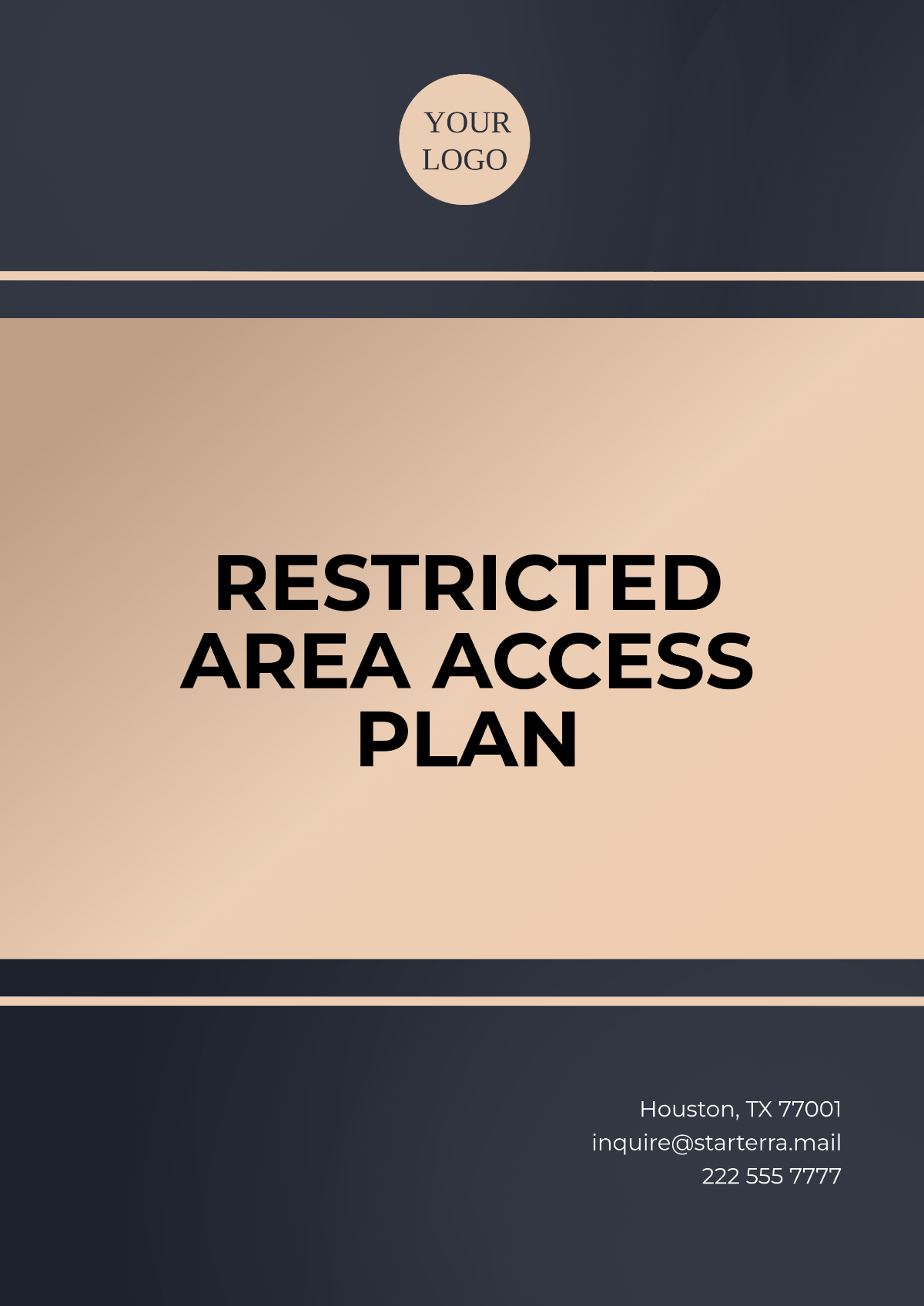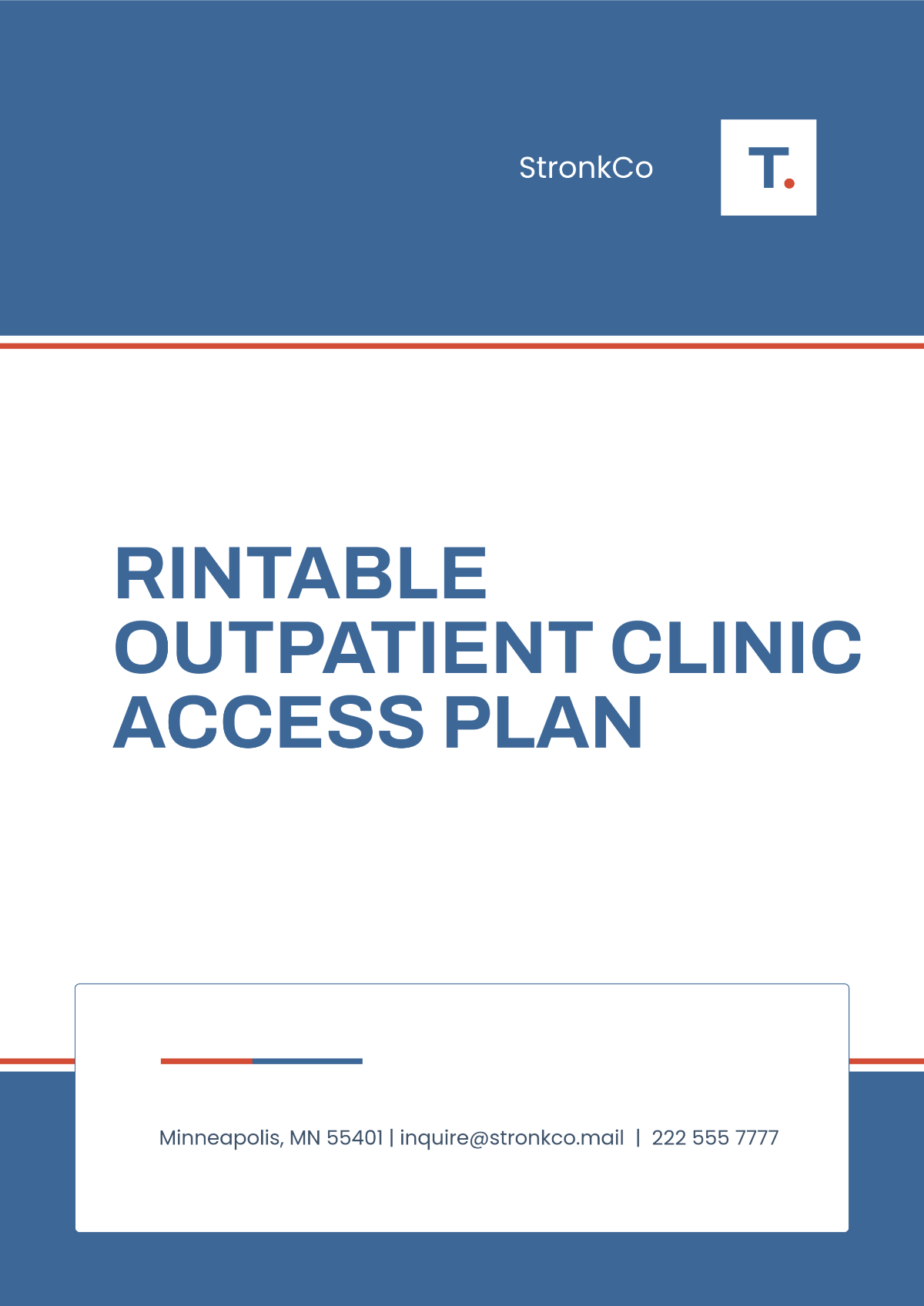Facility Access Management Plan
Date: January 15, 2090
1. Introduction
The objective of this Facility Access Management Plan is to provide a structured framework to ensure the security and safety of both personnel and assets within the facility. This plan outlines the protocols for managing, controlling, and monitoring access points throughout the facility, ensuring that only authorized individuals are granted access while mitigating security risks. The framework supports both physical and cybersecurity measures to safeguard against threats in an ever-evolving security landscape.
2. Security and Safety Planning
2.1 Purpose
The purpose of security and safety planning is to mitigate risks related to unauthorized access and potential threats. This section outlines the strategies and specific protocols designed to safeguard the facility from breaches, vandalism, theft, and potential physical harm to employees. Given the increasing sophistication of cyber and physical threats in 2090, a multi-layered security approach is necessary to address these concerns.
2.2 Scope
This plan applies to all employees, contractors, visitors, and delivery personnel, covering access control across all physical access points within the facility. Additionally, digital access control systems are included, securing network infrastructure and sensitive data. The plan also specifies access requirements for any remote and off-site facilities connected to the central building through secure, encrypted communication systems.
3. Facility Access Control
3.1 Access Points
The facility consists of multiple entry and exit points, including main doors, emergency exits, loading docks, and employee-only zones. Each access point must be equipped with the latest security technology, including biometric scanners, smart card readers, and automated access gates. All points are monitored 24/7 by both human security personnel and AI-assisted surveillance systems. Access to high-security areas (e.g., server rooms and laboratories) will require multi-factor authentication.
3.2 Authorization Levels
Access levels are assigned based on job roles and responsibilities within the facility. Level 1 access is granted to general staff and contractors with routine duties, allowing access to non-sensitive areas. Level 2 access provides entry to restricted zones, including administrative offices and meeting rooms, while Level 3 access is reserved for senior executives, security personnel, and those working in high-security areas like the data center. Each authorization is tied to an encrypted credential, ensuring that unauthorized access is flagged immediately.
4. Security Measures
4.1 Surveillance Systems
Advanced surveillance systems, including AI-powered cameras and drone patrols, will monitor all entry and exit points around the clock. Footage is securely stored in cloud-based systems with end-to-end encryption. Additionally, predictive analytics are used to detect abnormal behaviors or potential security threats. In 2090, AI algorithms help identify potential threats before they escalate, increasing the facility's proactive security posture.
4.2 Identification and Badging
A strict identification and badging system will be implemented for all personnel. Each individual will be issued a biometric-enabled smart badge containing encrypted personal and security data, ensuring that they are recognized upon entry and exit. Badges must be visibly displayed at all times while within the facility. Temporary visitors will receive digitally generated access codes tied to specific areas and times of access to ensure controlled entry and exit.
5. Emergency Procedures
5.1 Emergency Access
Clear procedures for emergency access are outlined in the event of a facility-wide lockdown, fire, or security breach. Emergency exits are marked and equipped with emergency lighting and communication systems to ensure safe and swift evacuation. In the case of a cybersecurity breach, backup systems can immediately shut down digital infrastructure to prevent unauthorized access to sensitive data.
5.2 Communication
Clear and reliable communication channels are established for reporting security breaches and emergencies. Every department has access to a dedicated emergency line, and the entire facility is equipped with a public announcement system, which can broadcast critical instructions. Additionally, all personnel will receive mobile alerts for any security threats or emergencies, ensuring immediate awareness and action.
6. Training and Awareness
In 2090, the continuous advancement of security technologies necessitates regular training and awareness programs. Employees will undergo quarterly training sessions to stay updated on security protocols, emergency procedures, and new access control systems. Simulations of various emergency scenarios, both physical and digital, will be conducted to ensure quick, coordinated responses. This ongoing education will foster a security-conscious culture among all staff members.
7. Monitoring and Review
Regular reviews and audits will be conducted to ensure the ongoing effectiveness of the access management plan. The facility will undergo biannual security assessments, integrating feedback from employees, security teams, and AI systems. These audits will assess compliance with established protocols, as well as the adaptability of the access control system in response to new security challenges, technological innovations, and external threats.
8. Conclusion
Implementing a comprehensive and adaptive Facility Access Management Plan is vital to maintaining the security and safety of all personnel and assets. By continuously updating this plan in response to evolving threats and technological advancements, the facility will remain a secure environment for all stakeholders. Through proactive surveillance, strict access control, and regular staff training, this plan ensures the safety and operational efficiency of the facility well into the future.






























